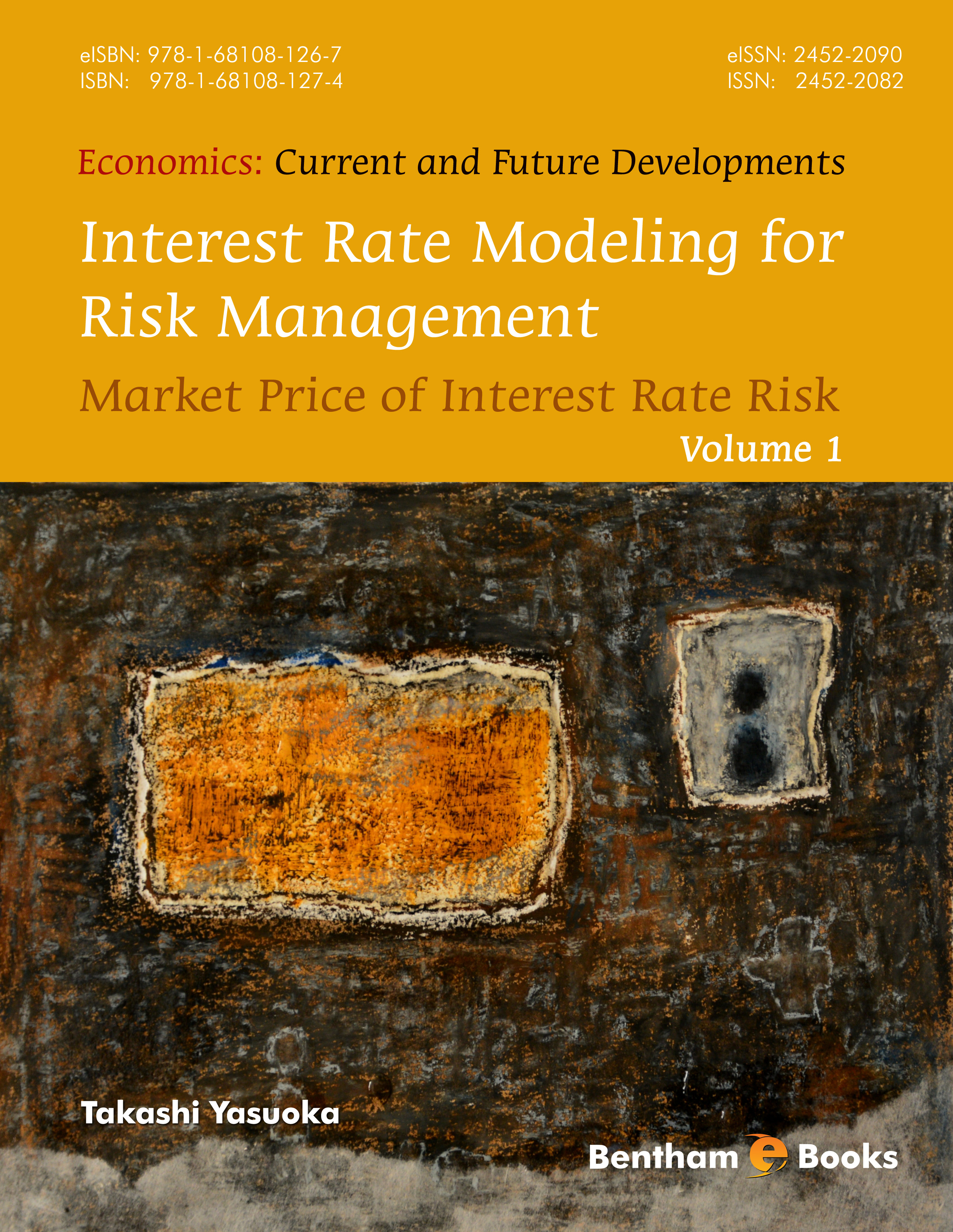Interest rate risk is one of the most important types of financial risk that must be considered by banks, insurers, and other financial institutions. Typically, an empirical scenario model of interest rates has been used to measure risk. However, interest rate models are a promising tool for generating the scenarios. To develop this topic, this book introduces advanced methods for employing interest rate models as scenario models.
An interest rate model describes the dynamical behavior of interest rates by a stochastic differential equation. Initially, this behavior is specified under the real-world measure, with the result called a real-world model. The market price of risk is mathematically de ned so as to ensure the arbitrage-free property of the model. In practice, the model is represented under a risk-neutral measure to eliminate the market price of risk; we call the result a risk-neutral model. Interest rate models has been developed as risk-neutral models because of their convenience: the market price of risk does not need to be estimated for such models. Because of this, estimation of the market price of risk has not been theoretically studied for several decades.
On the one hand, if we are going to use interest rate models for risk management, then we should use real-world models. This means that we need to numerically obtain the market price of risk to work with real-world models. On the other hand, estimating the market price of risk has been, in practice, fraught with ambiguity. To address this, this book introduces a theory of real-world modeling based on recent results in my other works.
This book is intended primarily for practitioners in financial institutions. Additionally, this book presents a new perspective on the study of interestrate models because real-world modeling is an emerging subject for the future.This book contains a number of substantial and advanced subjects likely to be of interest to researchers and graduate students in financial engineering or econometrics.
This book consists of two main parts. The first part summarizes the fundamentals of interest rate models. Chapter 1 introduces the basic concepts of fixed income risk and interest rate risk. Chapter 2 introduces stochastic calculus and stochastic differential equations. Chapter 3 presents arbitrage pric ing theory, adopting the martingale approach, and denes the market price of risk. Chapter 4 introduces interest rate modeling in the Heath{Jarrow{Morton (HJM) framework. As the last topic in the rst part, the LIBOR market model is introduced in Chapter 5.
The second part introduces the theory of real-world models, methods of estimating the market price of risk, properties of the market price of risk,
and numerical features of real-world simulation. I expect that the contents
of this part will be helpful to those who need to use the real-world model in
practice. Results in this second part are based mostly on my other works,
to which this book serves as a complement, offering additional precision and
more thorough explanations. Additionally, this book contains newly written
content on topics including maximum likelihood estimation of the market price
of risk, real-world modeling in the Hull{White model, and the negative price
tendency of the market price of risk.
Chapter 6 develops the fundamental theory of the real-world model in the
HJM model, and in Chapter 7 we give some remarks about the real-world
model. Chapter 8 presents real-world modeling, focusing on the Hull{White
model as an application of the results in the HJM model. Chapter 9 introduces
the theory for the real-world model in the LIBOR market model, presenting
the topics in parallel with the presentation in Chapter 6. The remarks given
in Chapter 7 are also applicable to the real-world models in the Hull{White
model and the LIBOR market model. As a conclusion, Chapter 10 shows
some numerical examples that demonstrate results from Chapters 6 to 9. The
Appendix presents some basic algorithms used in numerical analysis and the
proofs of some of the results from Chapter 9.
Throughout this book, I have tried to describe the development of mathematical expression as straightforwardly as possible and have included figures to illustrate some points. Because of this, in some places strict mathematical
style has been left aside to obtain practical implications.
So far, the real-world model has been only a dream with respect to practical
use. My hope is that this book will help bring the model from dreams to the
real world and provide worthwhile suggestions for reconsidering the current
state of interest-rate-risk management.
Takashi Yasuoka
Graduate School of Engineering Management,
Shibaura Institute of Technology.
3-9-14 Shibaura, Minato-ku,
Tokyo 108-0023,
Japan

